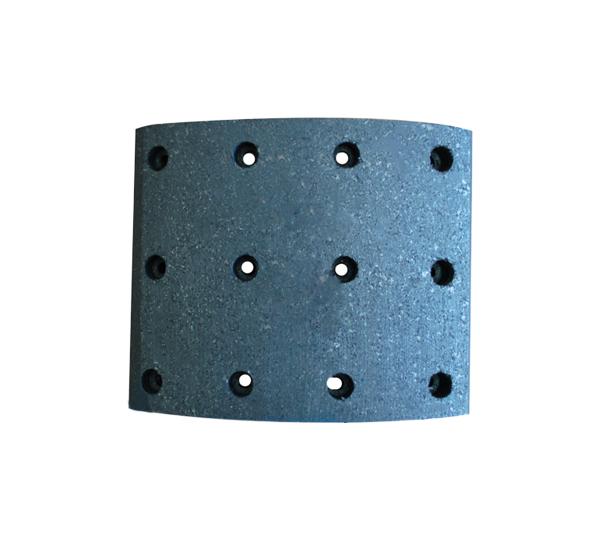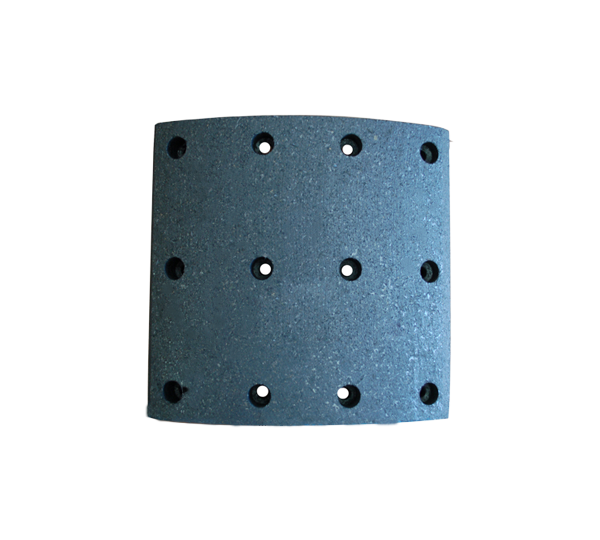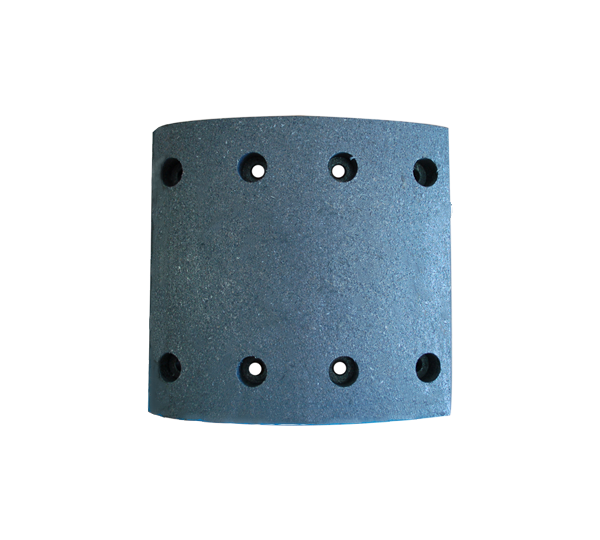Six common fault problems of brake systemBrake pads are an important component related to driving safety, and the quality of brake pads has always attracted people's attention. In daily driving, the six common fault problems of brakes are:1. The braking effect is poor (the brake is soft). When the car is braking while driving, the braking deceleration is small and the braking distance is long. The reasons for the poor braking performance of the hydraulic braking system can generally be judged according to the stroke of the brake pedal, the soft and hard feeling when stepping on the brake pedal, and the stability after stepping on the brake pedal. When the brake is maintained, if the height of the pedal drops slowly, it means that the brake pipeline is broken somewhere, the joint is not well sealed, the master cylinder or sub-cylinder piston is not well sealed, and the oil return valve and the oil outlet valve are not good. You can first step on the brake pedal and observe whether there is any leakage of brake fluid. If the external is normal, check the sub-pump or master cylinder fault. The pedal height increases slightly when braking for several consecutive feet, and there is a sense of elasticity, indicating that air has penetrated into the brake pipeline;

2. The brake suddenly fails. When the car is driving, one foot or several consecutive foot brakes, the brake pedal is pressed to the bottom, and the brake suddenly fails.reason:1). Serious oil leakage of brake master cylinder or sub-cylinder;2). The seal ring of the brake master cylinder or wheel cylinder piston is damaged, or there is too much air in the brake oil circuit. If this happens, the driver should brake with two feet in quick succession. In the event of brake failure, stop immediately for inspection. First observe whether there is any loss of brake fluid in the brake fluid tank, and then observe whether there is any leakage of brake fluid in the brake master cylinder, sub-cylinder, and oil pipe;3. The Non Asbestos Brake Linings run off track. When braking, the direction deviates, especially for cars without ABS brake anti-lock braking device, the direction can not be controlled, the reason is uneven brake wear, expansion of a piston oil seal of the master cylinder, and oil leakage of a sub-cylinder;4. Brake shake. Vibration when braking, steering wheel bouncing. The reason is that the swing difference of the brake disc exceeds the limit, the brake caliper is deformed, and the brake pad is ground into a cone. If such a situation occurs, it must be repaired in the factory;5. The brakes squeak. Generally, it is caused by uneven wear of brake discs, brake pads or brake drums and shoes;6. The brake does not return. The brake pedal feels high and hard or has no free travel, the car is difficult to start or the drive is strenuous. Fault phenomenon: step on the brake pedal, the pedal does not rise, and there is no resistance. It is necessary to judge whether the brake fluid is missing; whether the brake cylinder, pipeline and joints are leaking oil; whether the main cylinder and cylinder parts are damaged.

2. The brake suddenly fails. When the car is driving, one foot or several consecutive foot brakes, the brake pedal is pressed to the bottom, and the brake suddenly fails.reason:1). Serious oil leakage of brake master cylinder or sub-cylinder;2). The seal ring of the brake master cylinder or wheel cylinder piston is damaged, or there is too much air in the brake oil circuit. If this happens, the driver should brake with two feet in quick succession. In the event of brake failure, stop immediately for inspection. First observe whether there is any loss of brake fluid in the brake fluid tank, and then observe whether there is any leakage of brake fluid in the brake master cylinder, sub-cylinder, and oil pipe;3. The Non Asbestos Brake Linings run off track. When braking, the direction deviates, especially for cars without ABS brake anti-lock braking device, the direction can not be controlled, the reason is uneven brake wear, expansion of a piston oil seal of the master cylinder, and oil leakage of a sub-cylinder;4. Brake shake. Vibration when braking, steering wheel bouncing. The reason is that the swing difference of the brake disc exceeds the limit, the brake caliper is deformed, and the brake pad is ground into a cone. If such a situation occurs, it must be repaired in the factory;5. The brakes squeak. Generally, it is caused by uneven wear of brake discs, brake pads or brake drums and shoes;6. The brake does not return. The brake pedal feels high and hard or has no free travel, the car is difficult to start or the drive is strenuous. Fault phenomenon: step on the brake pedal, the pedal does not rise, and there is no resistance. It is necessary to judge whether the brake fluid is missing; whether the brake cylinder, pipeline and joints are leaking oil; whether the main cylinder and cylinder parts are damaged.


 English
English 中文简体
中文简体









